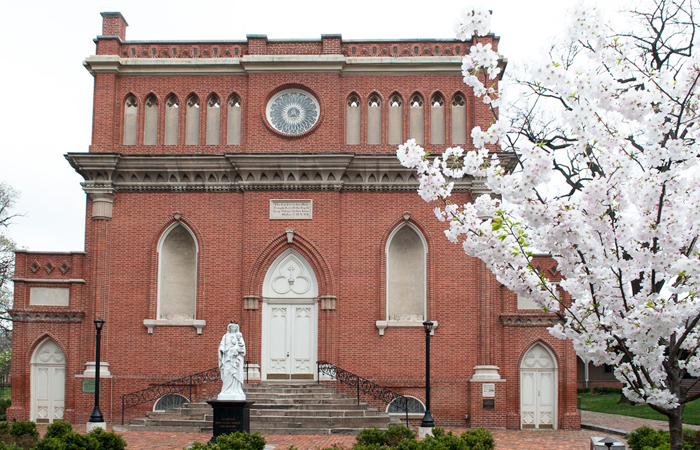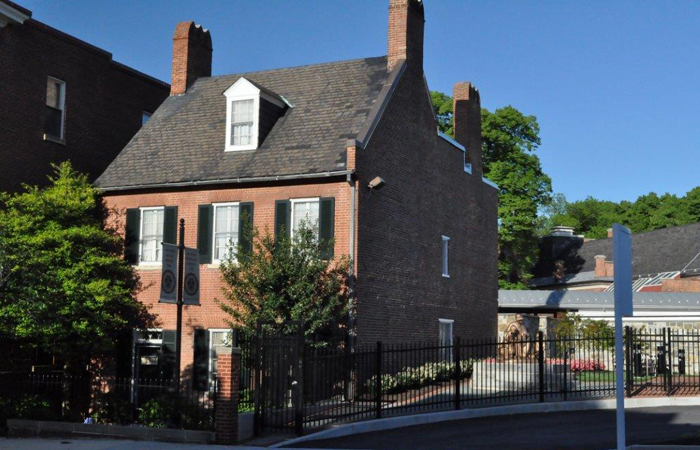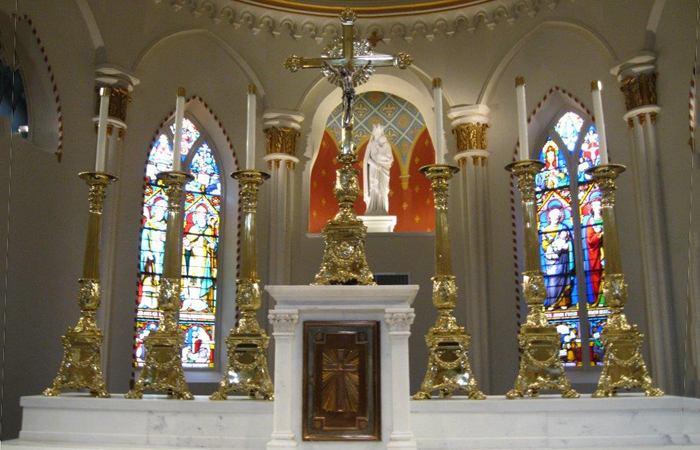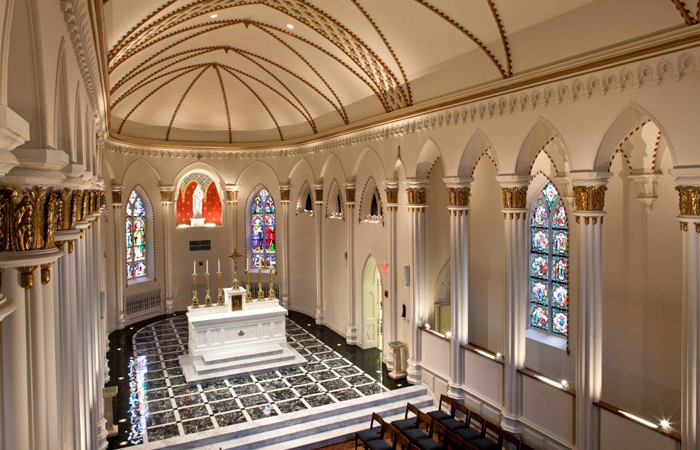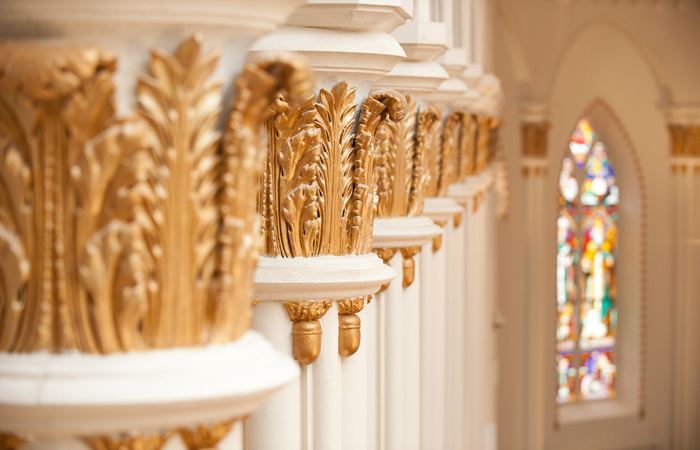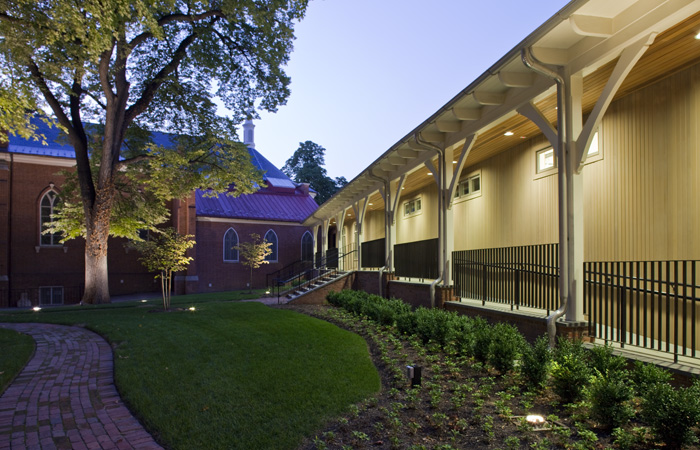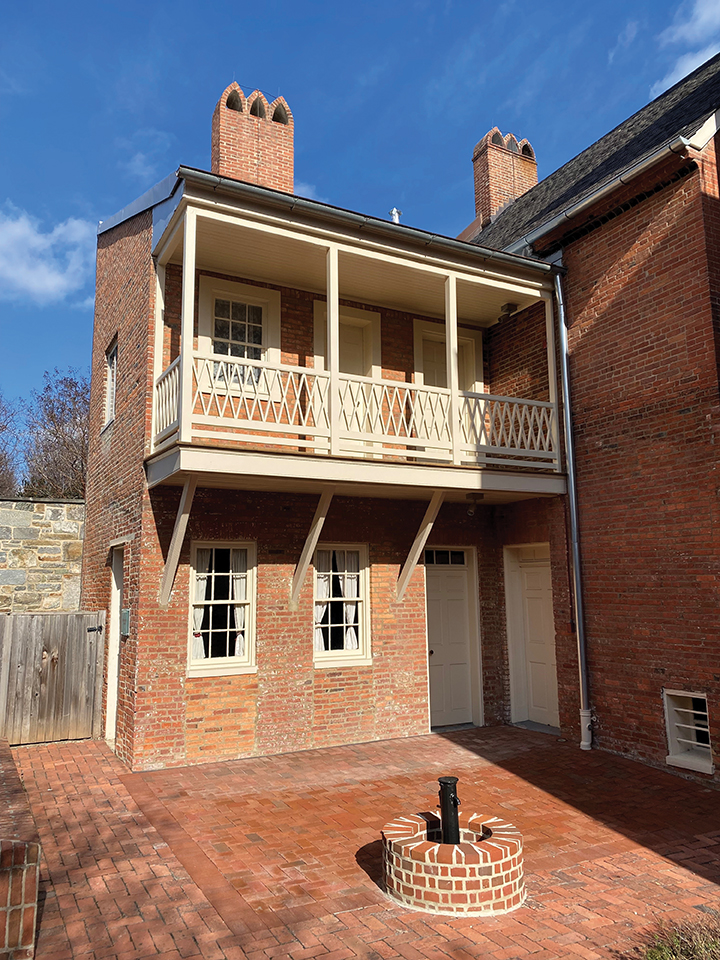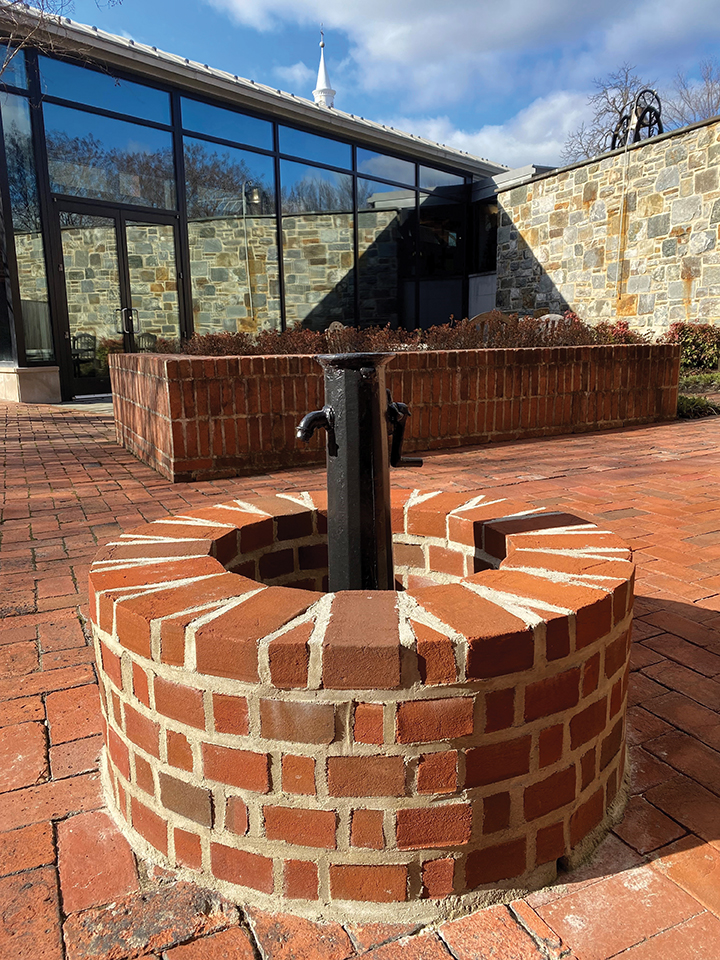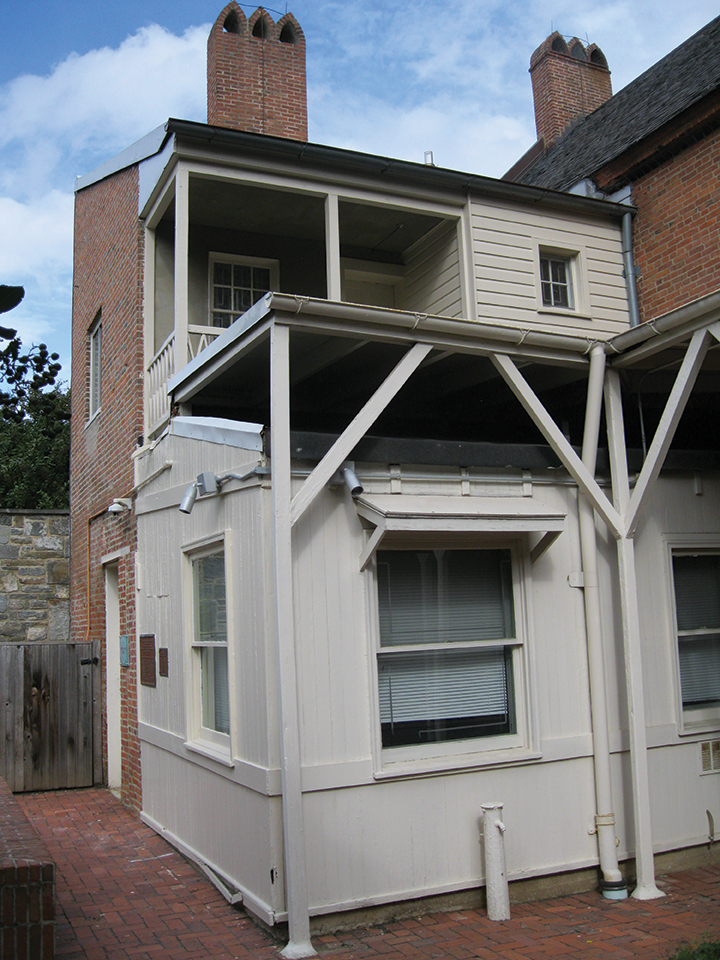
Welcome to St. Mary’s Historic Site on Paca Street!
Historic Site
Mother Seton House • Historic Seminary Chapel • Visitor Center
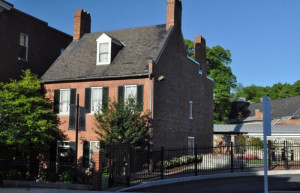
In 1791, at the invitation of Bishop John Carroll, the Sulpician Fathers arrived in the City of Baltimore and settled on this very site to begin the first Roman Catholic Seminary in the United States. Bishop Carroll knew of the Sulpician Fathers’ unique ministry of priestly formation from their ministry in France, and thus he invited them to come to his young diocese in the United States to do their ministry of priestly formation in this new land. The seminary, founded in 1791, was initially located in a building on the southeast corner of the property known as the One Mile Tavern. With the help of Bishop John Carroll and others, the Sulpicians were able to purchase additional property adjoining the One Mile Tavern and build St. Mary’s College and Seminary.
Continue reading...
The only remaining structure of the seminary is the Historic Chapel. The building of the chapel began in 1806 and was completed and dedicated in 1808. The chapel was designed by the renowned French architect Maximilian Godefroy, who himself was a friend of Benjamin Latrobe, often referred to as the Father of American Architecture. The chapel attracts architectural students as well as pilgrims to the site.
The other historic building located on the site is the of home of Elizabeth Ann Bayley Seton. In 1975, Mother Seton, as she is commonly known, became the first U.S.-born canonized saint within the Catholic Church. Mother Seton, a wife, mother, widow, convert, educator, and finally saint, offers a wonderful example of all that we can be with the grace of God. Mother Seton arrived at the Paca Street home the day of the dedication of the Seminary Chapel in 1808. She came to Baltimore at the invitation of Sulpician Father Louis W. DuBourg, who was then president of St. Mary’s College & Seminary. She, her three daughters, and several other girls called the Paca Street house their home for only one year, 1808 to 1809. During that year, she befriended a student at St. Mary’s named Samuel Cooper. Mr. Cooper, a man of resources, gave Elizabeth Bayley Seton eight thousand dollars with which she purchased St. Joseph’s Valley in Emmitsburg, Maryland.
In 1809 she left her humble roots on Paca Street and began her 3-day journey to Emmitsburg. While in Emmitsburg, once again under the tutelage of the Sulpician Fathers, Mother Seton began her new ministry of Catholic education. It was Sulpician Father Dubois who welcomed her to Emmitsburg and helped her become established in her new home. Her relocation to Emmitsburg was eased by the fact that the Sulpician Fathers were present as neighbors to her at Mount St. Mary’s College and Seminary, founded by the Sulpician Fathers in 1808. This institution and the presence of the Sulpician Fathers, gave great support and solace to the young widow and her dreams of founding a religious congregation and establishing a school for girls in Emmitsburg.
For Information
St. Mary’s Historic Site
600 North Paca St.
Baltimore, MD 21201
Office Hours: 8:30 a.m-4:30 p.m.
Phone: +1 410-728-6464
Mother Seton’s Balcony Restored
The second-story balcony from which St. Elizabeth Ann Seton observed the activities of the Sulpician seminary on Paca Street in Baltimore was restored to its original look during the year 2022.
The restoration of the balcony on the 1808 Federal-style Mother Seton House was an idea born from a much more mundane observation: The intrusive “docents’ office,” a wood structure grafted onto the back of the building under the balcony in the early 1960s, was leaking and needed repair. As this structure was no longer in use, inspiration grew to remove the room and restore the badly deteriorated balcony above it.
Contracting with Lewis Construction, the office structure was removed and the balcony restored by Worcester Eisenbrandt, a milling company known for their historical accuracy. The balcony restoration was paid for in part by a grant from the Baltimore National Heritage Area. The back of the Mother Seton House now occupies the original 1808 footprint and look. Mother Seton’s balcony is now a prominent feature of the structure. The well from which she drew her water is also highlighted, rather than obscured around the corner of the now-removed office.
Mother Seton came to Baltimore from New York on June 16, 1808, as a recently converted Catholic widow and mother of five at the invitation of the Sulpicians. She began a school for girls, establishing the first parochial school in the United States. These are well-known early steps on her life path to sainthood. Terry McCormack, the Visitor Center Associate, was the first researcher, however, to be curious about the lives and fates of the girls who attended St. Seton’s school at Paca Street. Through extensive archival research, McCormack was able to trace nine of the ten girls through their lives, most living long lives, most eventually in the Confederacy, and to their current resting places.
McCormack presented his findings “Taught By A Saint” in Marechal Hall of the Paca Street Visitor Center. Following his presentation was the official unveiling of the Mother Seton House balcony.
Images feature the restored balcony, Mother Seton’s well, and Mother Seton’s house before restoration.
